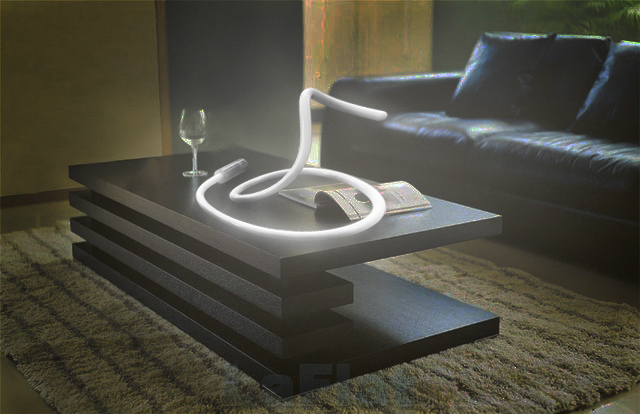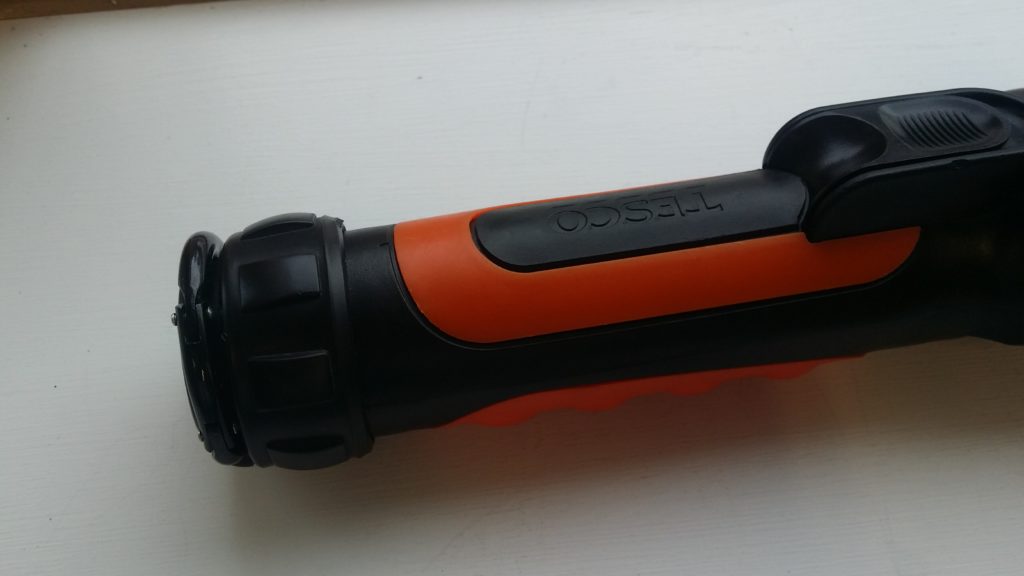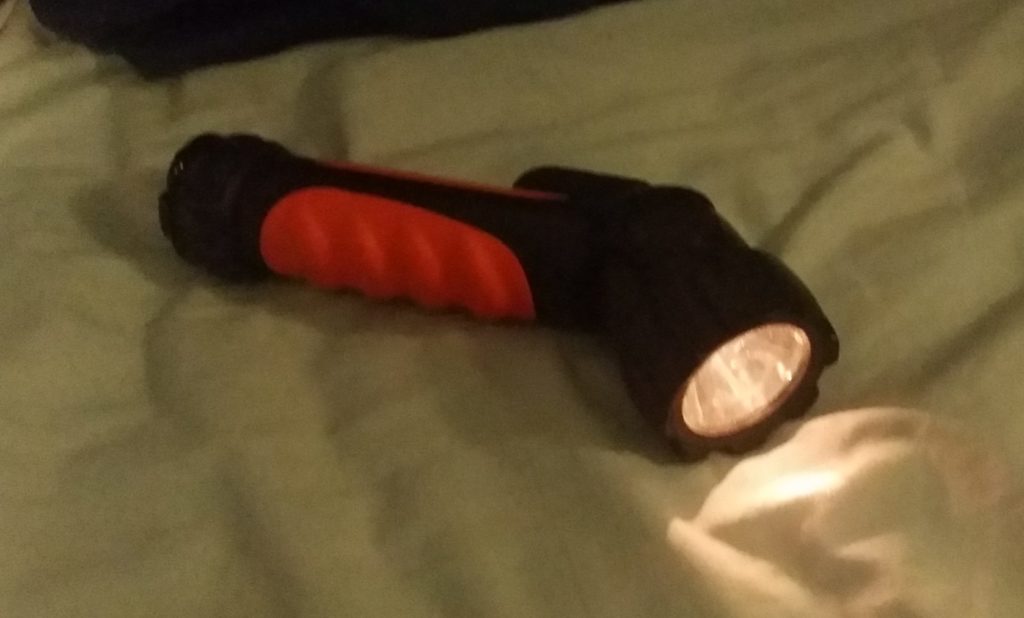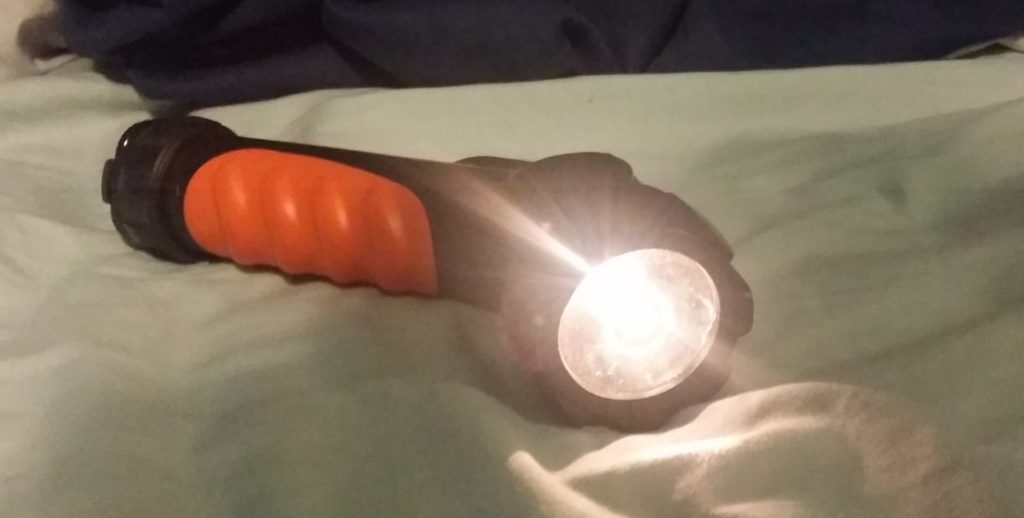Unit three of the course dealt primarily with design from a user perspective, the torch project was an exercise in applying the design process to an every-day object with particular regard to emotional and functional considerations.
This project began with a simple, incredibly open brief, summarised by it’s title; that is “to design an Emergency Torch”. Being a shift away from previous project which focused on practical manufacturing knowledge, this contextual study left the door completely open for use to define what an “emergency” constitutes, and justify a design response.

At the beginning of the project I was of two minds, on the one hand this task was to design within a typology that already exists, and necessitated finding a problem within that typology rather than starting with an identified problem and finding the most appropriate solution. In other words, it is what some would call ‘traditional product design’, object-orientated and consumer lead.
On the other hand, the emphasis on technical competency and refinement of function was very similar to what I was familiar with from the SQA’s preferred methods. This was a chance to really push and refine particular skill sets.
In addition, it offered an opportunity to identify a real problem and conceptualise a design solution which could, if actualised, help people in a genuine way.

My final design solution looked to provide an all-in-one device for survival situations where a torch may be all that the user has left, for example a vehicle crash or sudden natural disaster in a remote region.
Through research I identified four essential resources to have in such situations as being: Ability to start a fire, A survival knife or basic tooling, Energy generation (if any other electronics survived) and, by extension, light.
My final design functioned primarily as a torch with functionality built in to generate thermos-electric power and start fires using solid-state functionality.



Reflecting back on the project I was pleased overall with the outcome, particularly with the iterative development of the products functionality and form, however the end solution was a bit ‘Jekyll-Hyde’ in that several typologies had been hybridised rather than their concepts synthesised.
Rather than create a combination of a survival knife and torch’s functionality, I had simply designed a survival knife with a light on the front. In addition, questions could be asked about the efficiency of the thermos-electric generator and the specification of the LED’s used.
I may revisit this concept in the future and take these considerations into account but over-all, the project was a good exercise and extension of the basic skills involved in physical product design.
















